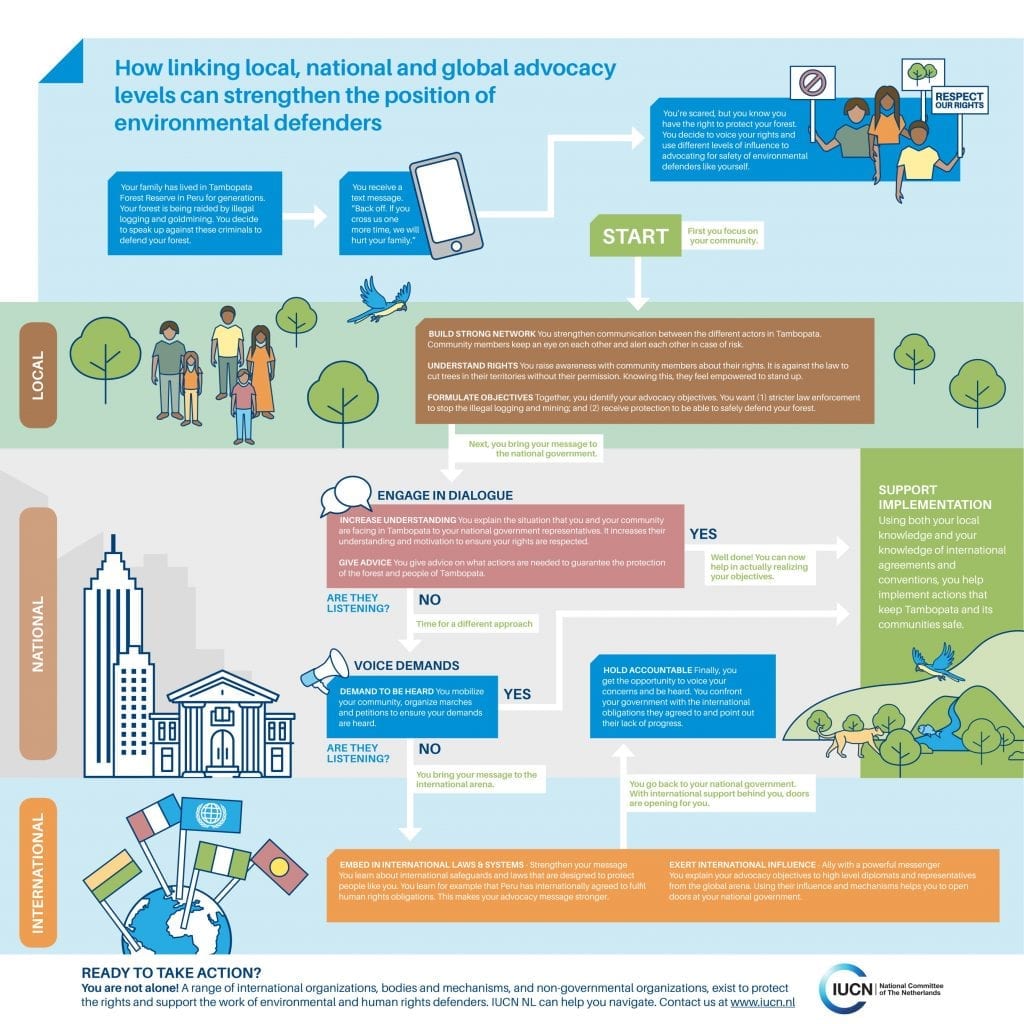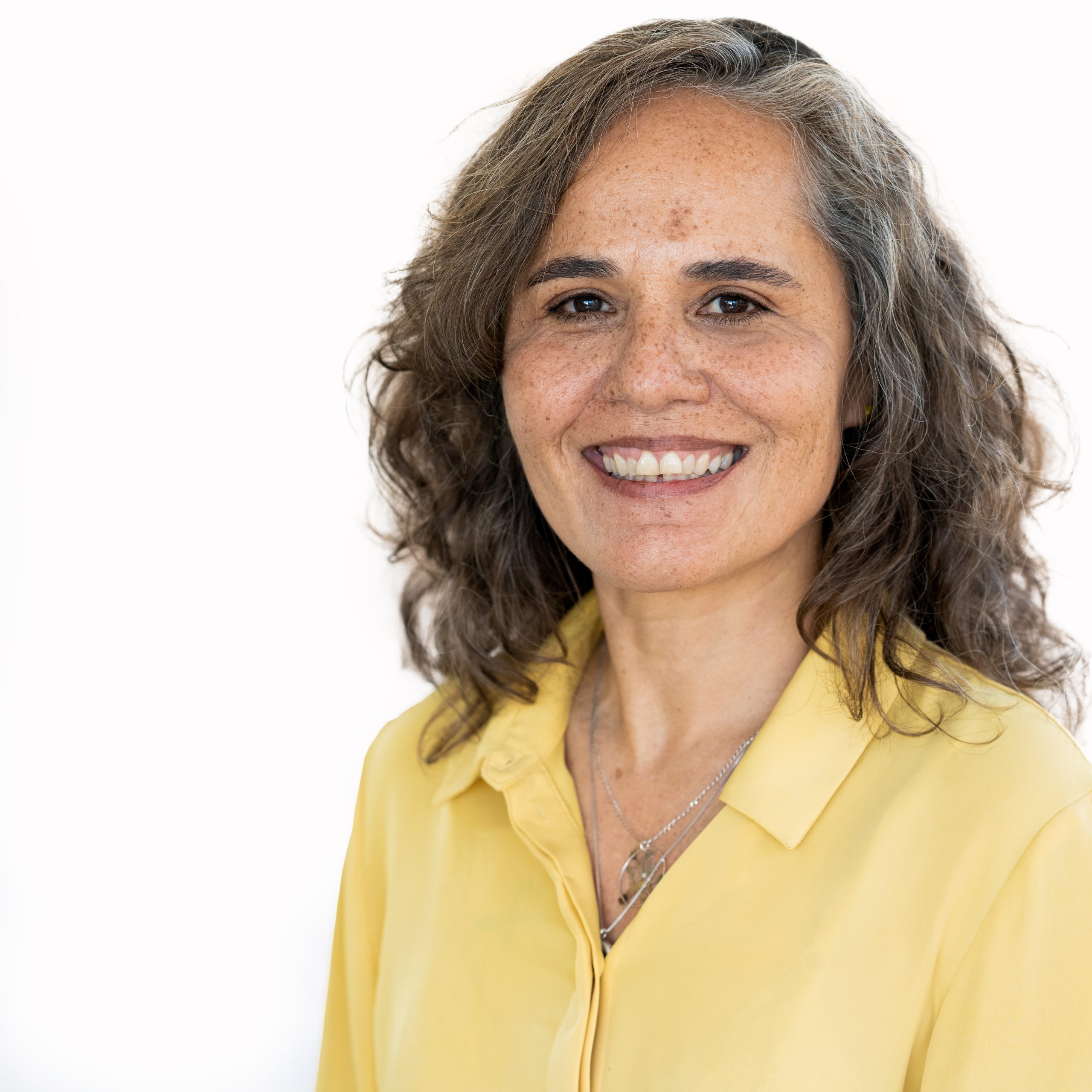Land Acquisition Fund: urgent action prevents mining in…
05 April, 2024
Monday 15 july 2019
Header photo by: IUCN NL
Hundreds of people around the world are killed each year for standing up for nature, and many more environmental defenders face threats, violence and intimidation as they protect local ecosystems and their livelihoods.
At the same time, the world is finally starting to wake up to the need to defend those who are protecting our environment against economic interests.


This urgent need to protect those who protect the planet was the reason that IUCN NL, Milieudefensie, Friends of the Earth International and Global Witness launched the Defending Environmental Defenders coalition in 2016. Over the past three years, this international alliance has worked together with groups at risk in Colombia, Peru, the Democratic Republic of Congo, Indonesia and the Philippines. The project culminated in a conference from 21-23 May 2019 in Amsterdam, organised together with IUCN NL’s Shared Resources Joint Solutions and Green Livelihoods Alliance programmes. At this inspiring event, experiences and tools were shared amongst environmental defenders across the planet.
The key learning of the Defending Environmental Defenders project is that synergy on the local, national and global levels can greatly strengthen the position of environmental defenders. As Liliana Jauregui, Senior Expert Environmental Justice at IUCN NL, puts it: “People are more powerful if many others are behind them.”
Resistance by local communities threatened by unsustainable and destructive projects – including large-scale mining, logging, agribusiness and dams – regularly results in terrorisation by the involved companies and governments. When this happens, the first step for communities is to fortify themselves: by building strong local networks, by educating themselves about their rights, and by formulating a plan for how to achieve their goals.
Voicing these community demands to the national government is the next step. When this does not result in action to protect local people and their environments, it may be necessary to mobilise the community, organise petitions and take to the streets.
And when engagement at the national level still does not secure sufficient protection for environmental defenders, there are various international organisations, bodies and tools designed to pressure national governments to defend local communities.
Finally, once the backing of international human rights laws and mechanisms has been secured, governments must be held accountable to their obligations. This multi-level approach ensures that human rights defenders receive the best possible support in the protection of their local environment.
Participants shared experiences and extracted learnings on how to navigate these various levels during the Defending Environmental Defenders conference. They agreed that the most effective campaigns are those using multiple points of leverage: an entire suite of activities and pressure.
These environmental defenders were unanimous that the impunity and complicity of companies, governments, investors, bilateral aid and trade partners needs to stop. In the words of one of the participants: “We can’t lose more environmental defenders. We have to make the invisible visible and expose the murderers and the perpetrators. Rise up, defenders, everywhere!”

